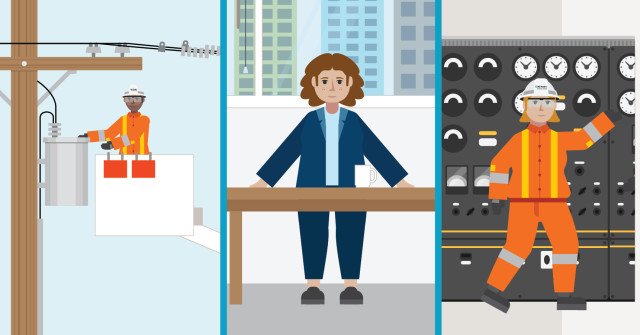We've learned a lot about sustainability but we've only just begun.
It's tempting to feel a bit smug here in beautiful B.C., where you can literally get lost in the wilderness, or paddle alongside whales and seals. Our electricity generation is also mainly hydroelectric and among the cleanest in the world.
But while we've learned a whole lot about sustainability since the first Earth Day in 1970, we have a long, long way to go. So on Earth Day – April 22 – consider what you can do personally to live more sustainably.
Here are five reasons why Earth Day matters:
1. Canadian homes are energy hogs
We've come a long way in the efficiency of our lighting and in our awareness around power smart behaviour, but Canadian homes are among the world's hungriest in terms of electricity and water use. A lot of that has to do with the fact that Canada has cold, dark winters and that Canadian homes are among the world's largest – they doubled in average size between 1975 and 2010 before slowly shrinking. However, should we be using twice the electricity of the Japanese or the British?
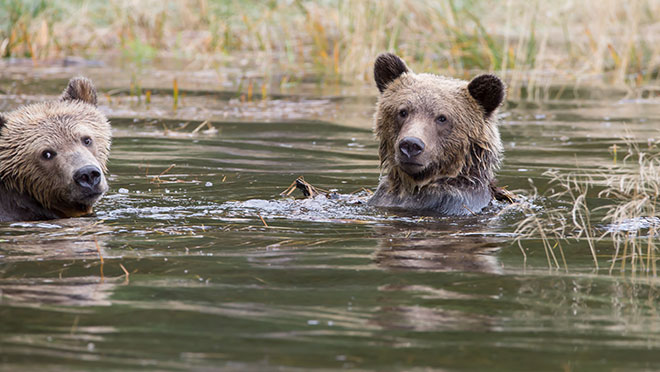
2. We're losing animals and plants
You may not lay awake at night worrying about the disappearance of the whitebark pine, but it's among the list of plants and animals endangered in Canada. Its seeds are part of the diet of squirrels, birds and grizzlies, and the tree is endangered in B.C., thanks to a combination of the mountain pine beetle, fire suppression, climate change, and an introduced disease called pine blister rust. The BC Hydro-supported Fish & Wildlife Compensation Program funds the “whitebark pine recovery by planting an estimated 15,000 seedlings” in East Kootenay to help re-establish healthy trees in the area.
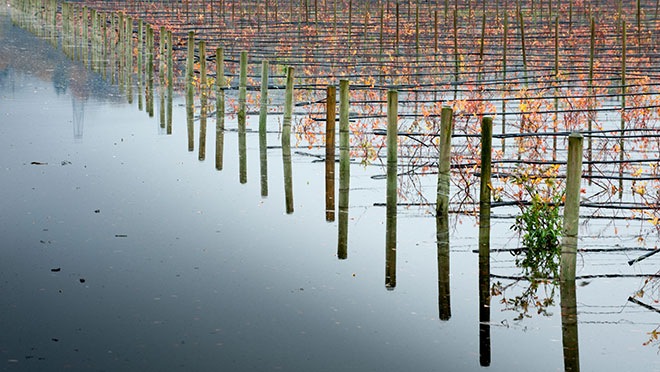
3. Climate change hurts
According to the Pacific Climate Impacts Consortium, even if the world halves its future CO2 emissions, the average annual temperature in B.C. will increase by 2.5°C by 2050. If you think a little more beach time is a good thing, consider this: by 2050, B.C.'s glaciers are expected to shrink by a quarter, the sea level is expected to rise by 30 cm. We can see the effects of climate change in B.C. in recent years through the heat dome in June 2021, the floods in November 2021, and the snowstorm in December 2022.
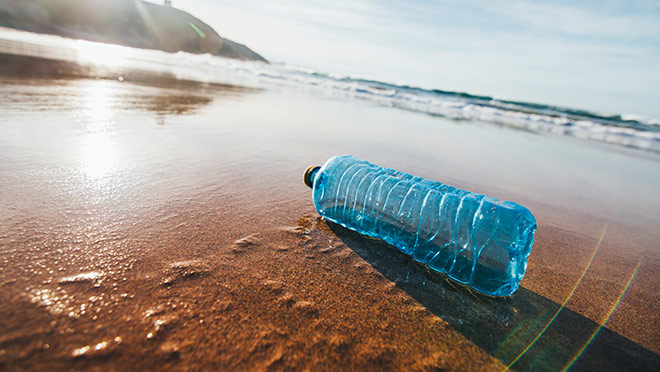
4. Plastic is everywhere
It's great that more zero-waster grocery stores are opening up in British Columbia. As much as we like to think that recycling plastic is enough, there's plenty of evidence to the contrary. Topping the list of types of litter from the 2021 Great Canadian Shoreline Cleanup was single-use food and beverage items which increased by 17% since the onset of the COVID-19 pandemic. However, it is noted that the usage of these single-use items was on the rise since 2019. On the 2021 list of most found items, they found over 147,000 pieces of plastic and Styrofoam alongside over 43,000 food wrappers, 33,000 bottle caps, 16,000 plastic bags and more. We literally need to clean up our act.
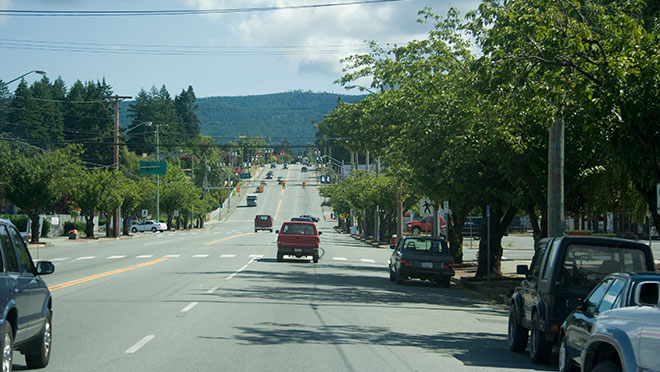
5. Canada's top-selling vehicle is a pickup
Canada’s top-selling vehicle is a pickup truck that has dominated the market for more than 40 years. What was originally a farm vehicle is now a hugely popular choice for both the rural and the urban Canadian, and while its fuel efficiency has improved considerably since its debut in the 1970s, it's hardly efficient. According to fuelly.com, owners of this vehicle use a combined average of 13.1 litres per 100 km, which is twice the gas usage of Canada's first highest selling non-pickup (6.2 litres/100 km). In 2022, an all-electric version for the pickup truck was released, in addition to the available gas-electric hybrid versions, which is a step-forward to reduce gas consumption.
This story was based on an article originally published on bchydro.com on March 29, 2018.

